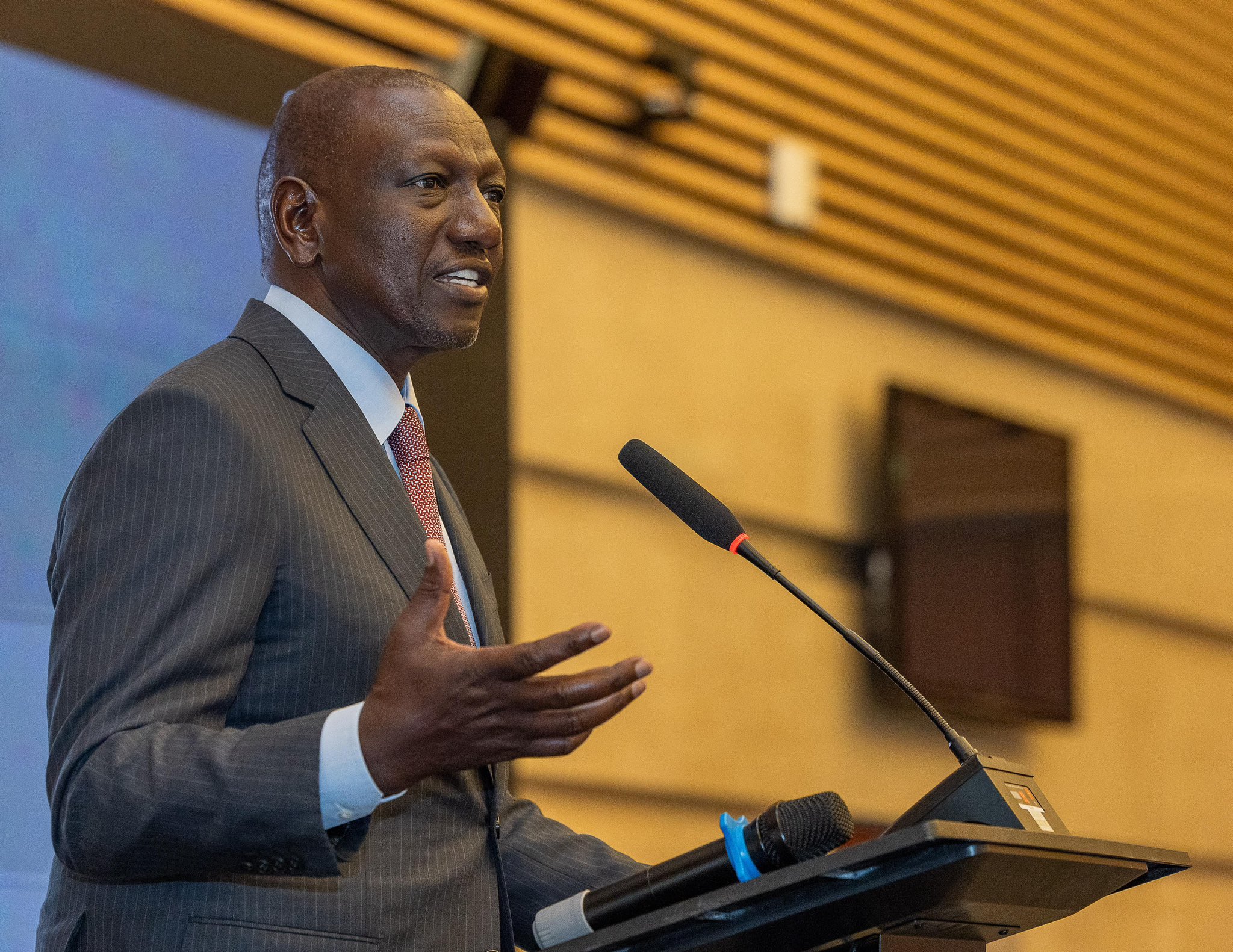

President William Ruto has officiated the signing of 14 major contracts worth over Sh10 billion, aimed at bringing power to communities across 12 counties.
The initiative is set to establish 113 mini-grids, significantly improving electricity access to remote areas in Turkana, Marsabit, Samburu, Isiolo, Mandera, Wajir, Garissa, Tana River, Lamu, Kilifi, Kwale and Narok.
Speaking on Wednesday at the signing ceremony at Stima Members Club, Ruto assured of unwavering commitment to ensuring that every Kenyan, regardless of location, benefits from the progress.
“Today, we sign contracts worth over Sh10 billion to extend electricity to communities that have remained on the fringes of development for far too long,” he said.
“Our mission is to extend modern, reliable and affordable electricity to every home, school and business from the most remote villages to the busiest urban centres.”
In addition to the mini-grids, six separate contracts were signed to connect 343 public health facilities, schools and administrative offices to electricity via stand-alone solar systems.
The solar systems will cost Sh438 million and will ensure essential services in these areas remain operational, even in off-grid locations.
“A further 316 solar water pumps for boreholes, worth Sh1.6 billion, are in the final stages of procurement, ensuring that electricity not only lights homes but also powers essential services,” Ruto added.
Ruto said the initiative is about transforming lives.
He noted that with electricity in health facilities, vaccines and essential medicines will be safely stored, ensuring life-saving treatments reach those in need.
Additionally, with electricity in schools, children will benefit from longer study hours, better learning environments and greater opportunities to excel.
“With power in homes and businesses, we will unlock new economic opportunities, support small and micro-enterprises, and create jobs, turning villages into vibrant hubs of commerce and innovation,” he added.
The President noted that the move is firmly anchored in Vision 2030 and the Bottom-Up Economic Transformation Agenda.
He pointed out that the country has made remarkable strides in electrification, increasing access from 29 per cent in 2013 to 75 per cent today, positioning it among the leading nations in Sub-Saharan Africa
He, however, stated that the progress has not been uniform.
“While electrification has advanced in urban centers and along major transport corridors, vast rural areas remain in darkness,” he said
Ruto stated that beyond expanding access, his administration remains committed to achieving a 100 per cent clean energy grid by 2030.
The President said through the Last Mile Connectivity Programme under Kenya Power, 1.2 million customers have already been connected, with another 460,000 set to benefit by 2026
Through Rural Electrification and Renewable Energy Corporation (REREC), the government has connected 63,000 out of 93,000 identified public facilities, including 22,900 public primary schools
Ruto said the work continues, with 1,071 public facility projects completed in the 2023/24 financial year and another 1,450 currently underway in the 2024/25 financial year.
The signing was between private contractors, the Kenya Power and Lighting Company (KPLC) and REREC, and marked a milestone for the Kenya Off-Grid Solar Access Project for the Underserved Counties (KOSAP).











